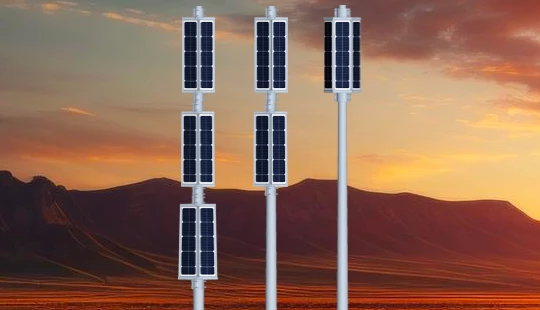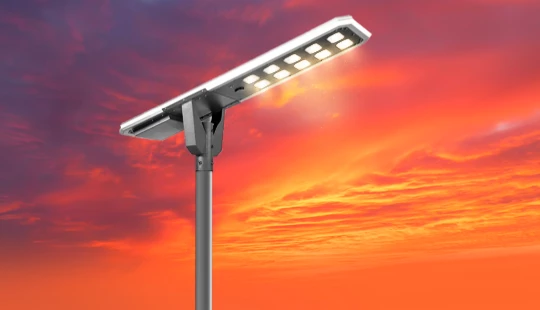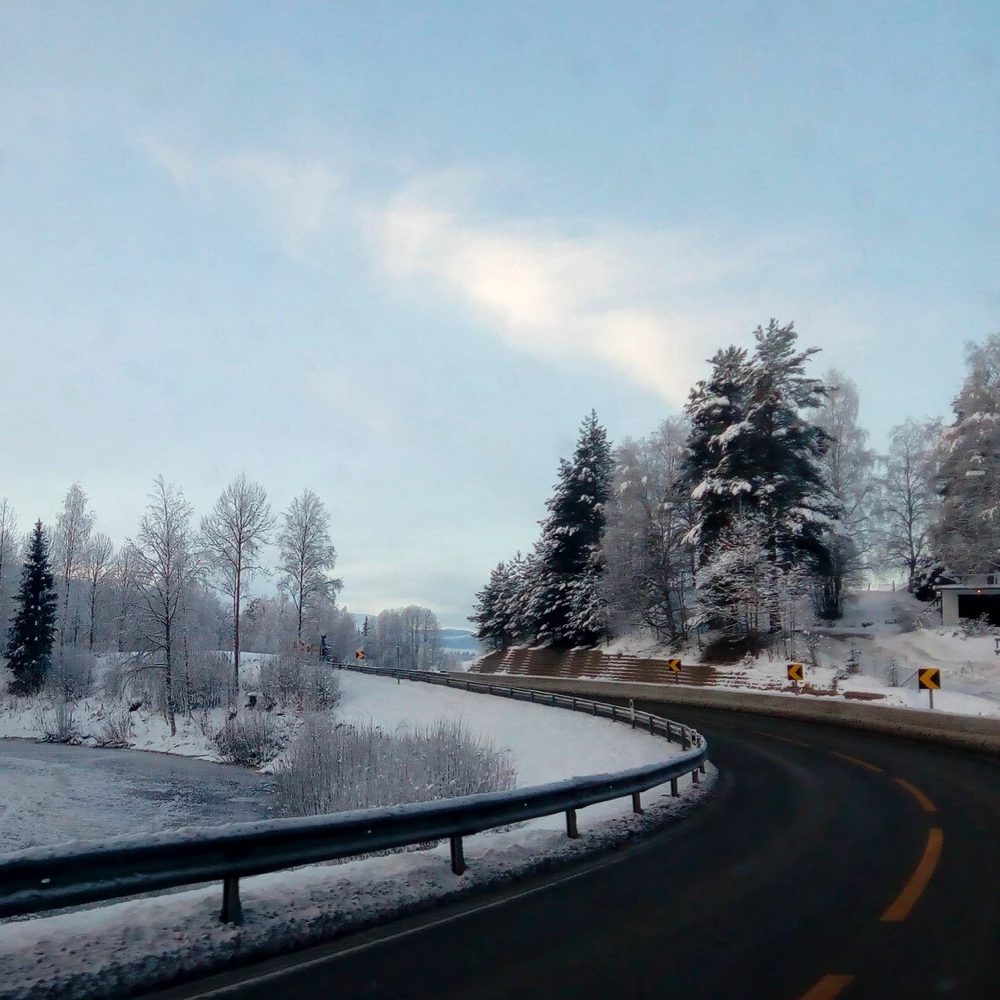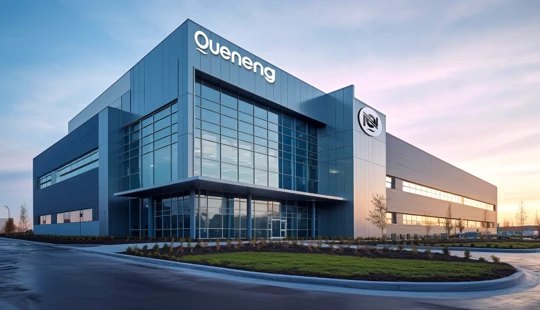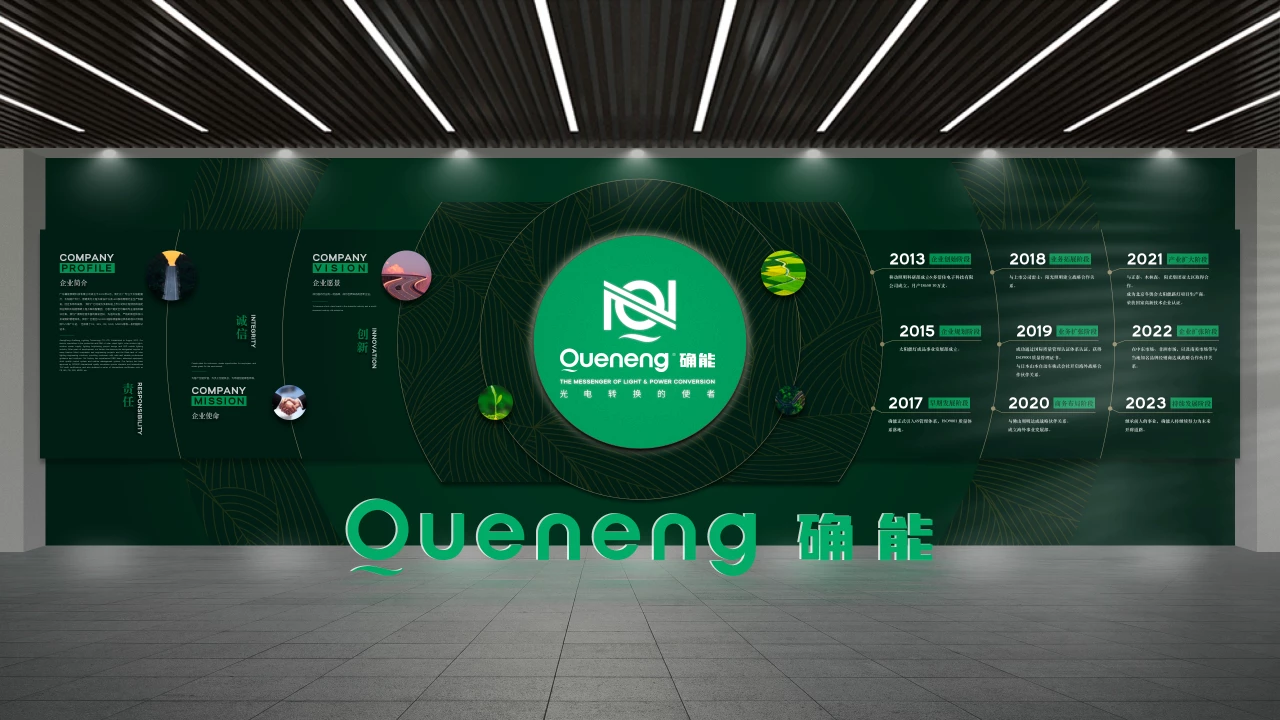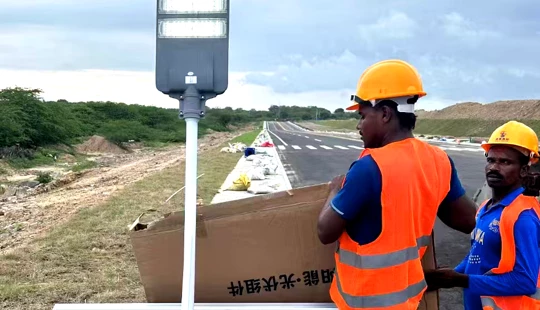OEM solar lighting system South Africa | Insights by Quenenglighting
Navigating OEM Solar Lighting Systems in South Africa: Your Comprehensive Guide
South Africa's unique blend of abundant solar resources and persistent energy challenges, primarily load shedding, has created a robust demand for reliable, off-grid lighting solutions. For businesses, distributors, and project developers looking to capitalize on this market, OEM (Original Equipment Manufacturer) solar lighting systems offer a powerful avenue for custom branding and tailored solutions. But what are the critical considerations when seeking an OEM partner for the South African context? Let's delve into the most common questions.
What level of customization can I expect from an OEM solar lighting system for the South African market?
OEM partnerships offer extensive customization, allowing you to brand products and tailor specifications to precise project needs. For the South African market, this is crucial due to diverse application requirements (e.g., residential, commercial, industrial, rural, security). You can typically customize:
- Wattage & Lumen Output: Adjust LED power from 20W to 120W+ to meet specific illumination requirements for different areas (e.g., street lighting vs. pathway lighting).
- Battery Capacity & Autonomy: Specify LiFePO4 battery banks (e.g., from 50Wh to 600Wh+) to ensure 2-5 days of autonomy, crucial for periods of extended cloudy weather or peak load shedding.
- Solar Panel Size & Type: Integrate high-efficiency monocrystalline panels (typically 20-22% efficiency) sized appropriately for South Africa's average daily solar radiation (ranging from 4.5 to 6.5 kWh/m²/day).
- Design & Aesthetics: Modify housing, pole mounting types, and even color schemes to align with specific architectural or branding guidelines.
- Smart Features: Incorporate PIR sensors for motion detection, programmable dimming profiles, and IoT connectivity for remote monitoring and control.
- Branding: Add your company logo, custom packaging, and user manuals.
How do OEM solar lighting systems address South Africa's unique environmental challenges and energy demands?
OEM solar lighting solutions must be designed to withstand South Africa's harsh climate and deliver consistent performance despite grid instability:
- Load Shedding Resilience: Systems are designed as fully autonomous, off-grid units, rendering them impervious to Eskom's load shedding schedules. The sufficient battery autonomy mentioned above ensures continuous operation through multiple cloudy days or night-time use.
- High Temperatures & UV Exposure: High-quality OEM systems utilize robust materials like aerospace-grade aluminum alloy for superior heat dissipation, and UV-resistant coatings to prevent degradation from intense sunlight. IP65 or IP67 ratings are standard for dust and water ingress protection, vital for South Africa's dusty and sometimes humid conditions.
- Wind Resistance: Designs often consider aerodynamic profiles and reinforced mounting brackets to withstand strong winds prevalent in many South African regions.
- Security Concerns: Integrated designs (all-in-one or split with battery underground) can deter theft and vandalism, a significant concern in certain areas.
What are the key technical specifications and features to look for in an OEM solar street light to ensure long-term performance and reliability?
To guarantee a robust and long-lasting solar lighting system, pay close attention to these technical aspects:
- Battery Technology: Insist on Lithium Iron Phosphate (LiFePO4) batteries. They offer superior cycle life (2,000 to 6,000+ cycles, equating to 5-10+ years), better thermal stability, and are safer than traditional lead-acid or even other lithium-ion chemistries.
- LED Efficacy & Lifespan: Modern LEDs should achieve at least 150-170 lumens per watt. Look for reputable LED chip brands (e.g., Philips, Cree, Osram) with a rated lifespan of 50,000 to 100,000 hours.
- Charge Controller: MPPT (Maximum Power Point Tracking) controllers are essential. They optimize power extraction from the solar panel by up to 30% compared to PWM controllers, especially under varying weather conditions. They also provide crucial battery protection against overcharge and deep discharge.
- Solar Panel Efficiency: Aim for monocrystalline silicon panels with at least 20% efficiency for optimal energy harvesting in a compact size.
- Material & Construction: Durable, corrosion-resistant materials (e.g., anodized aluminum, tempered glass) are critical. Look for an impact resistance rating of IK08 or IK10 for protection against physical damage.
- Intelligent Control: Features like time-based dimming, motion sensors (PIR or microwave), and remote management capabilities via LoRaWAN or other IoT protocols can significantly extend battery life and reduce energy consumption.
What are the cost implications and long-term ROI of investing in OEM solar lighting solutions for bulk procurement?
While the initial cost of OEM solar lighting might seem higher than conventional grid-tied options, the long-term ROI is compelling for bulk procurement in South Africa:
- Reduced Operational Costs: Zero electricity bills and minimal maintenance costs (no trenching, wiring, or grid connection fees) lead to significant savings over the system's lifespan.
- Load Shedding Mitigation: Avoidance of business disruptions caused by load shedding translates to enhanced productivity and security, a value difficult to quantify but crucial for businesses.
- Rapid Payback Period: Depending on the scale and alternative energy costs, payback periods for quality solar lighting systems can be as short as 2-4 years, especially considering the rising electricity tariffs in South Africa (e.g., Eskom's 2023/24 tariff increase was ~18.65%).
- Bulk Pricing & Customization Benefits: OEM allows for economies of scale, resulting in lower per-unit costs for larger orders. Tailored designs mean you pay only for the features you need, avoiding unnecessary expenses.
- Government Incentives: While direct solar lighting incentives might vary, the broader push for renewable energy in South Africa can create a favorable market and potential future incentives.
What quality certifications and after-sales support should I demand from an OEM supplier to guarantee product longevity and a successful partnership?
Ensuring product quality and robust support is paramount for a successful OEM partnership:
- Certifications: Demand international standards like CE, RoHS, FCC (for electronics), and ISO 9001 (for quality management systems). For South Africa, local SABS compliance might also be desirable or required for certain applications. Ensure products meet IP and IK ratings as discussed.
- Warranty: A reputable OEM should offer a comprehensive warranty, typically 3-5 years for the entire system, and 10-25 years for the solar panels. This demonstrates confidence in their product's longevity.
- Testing & QC: Inquire about their internal Quality Control (QC) processes, including pre-production checks, in-process inspection, and final product testing (e.g., aging tests, vibration tests, extreme temperature tests).
- Technical Support: Assess their capacity for pre-sales technical consultation (design assistance, sizing calculations) and post-sales support (troubleshooting, spare parts availability). Effective communication and responsiveness are key.
- Experience & Reputation: Choose an OEM with a proven track record in manufacturing solar lighting and, ideally, experience in exporting to challenging markets like South Africa. Request references or case studies.
Quenenglighting's Advantage in OEM Solar Lighting for South Africa
Quenenglighting stands as a premier OEM partner, uniquely positioned to meet the demands of the South African market. With a strong focus on R&D and manufacturing excellence, we offer:
- Unmatched Customization: From bespoke designs to specific lumen packages and battery autonomy, we tailor solutions to your precise specifications, ensuring Quenenglighting stands out.
- Robust, Climate-Resilient Products: Our systems are engineered with high-grade LiFePO4 batteries, efficient monocrystalline panels, and durable, weather-resistant materials (IP67, IK10 ratings) to thrive in South Africa's diverse and demanding environment, providing consistent light even during prolonged load shedding.
- Advanced Technology Integration: We incorporate MPPT controllers, high-efficacy LEDs (170 lm/W+), and intelligent control systems for maximum energy efficiency and extended operational life.
- Rigorous Quality Assurance: Certified with ISO9001, CE, RoHS, and FCC, our products undergo stringent quality control and aging tests, backed by comprehensive warranties (typically 3-5 years) for peace of mind.
- Comprehensive Support: From initial design consultation and photometric analysis to logistical support and after-sales service, Quenenglighting ensures a seamless procurement experience for your bulk orders in South Africa.
Partner with Quenenglighting to deliver reliable, high-performance OEM solar lighting solutions that empower communities and businesses across South Africa, overcoming energy challenges with sustainable innovation.

Have more questions about our products or services?
The latest hot news you might like

Discover how solar panels power street lights, exploring the technology behind solar energy conversion, storage systems, and how solar-powered street lights are revolutionizing urban and rural lighting solutions.

Learn how AC Solar Hybrid Street Lights work, their advantages, disadvantages, system behavior in low-sunlight conditions, and why hybrid technology is ideal for regions with unstable sunlight.

Municipalities around the world are increasingly adopting solar-powered streetlights as part of their urban development strategies. Rising energy costs, the need for sustainable infrastructure, and government green initiatives are driving cities to switch from traditional street lighting to advanced LED solar streetlights.
Queneng Lighting provides municipalities with cost-effective, energy-efficient, and durable solar lighting solutions, ensuring safe and sustainable public spaces.
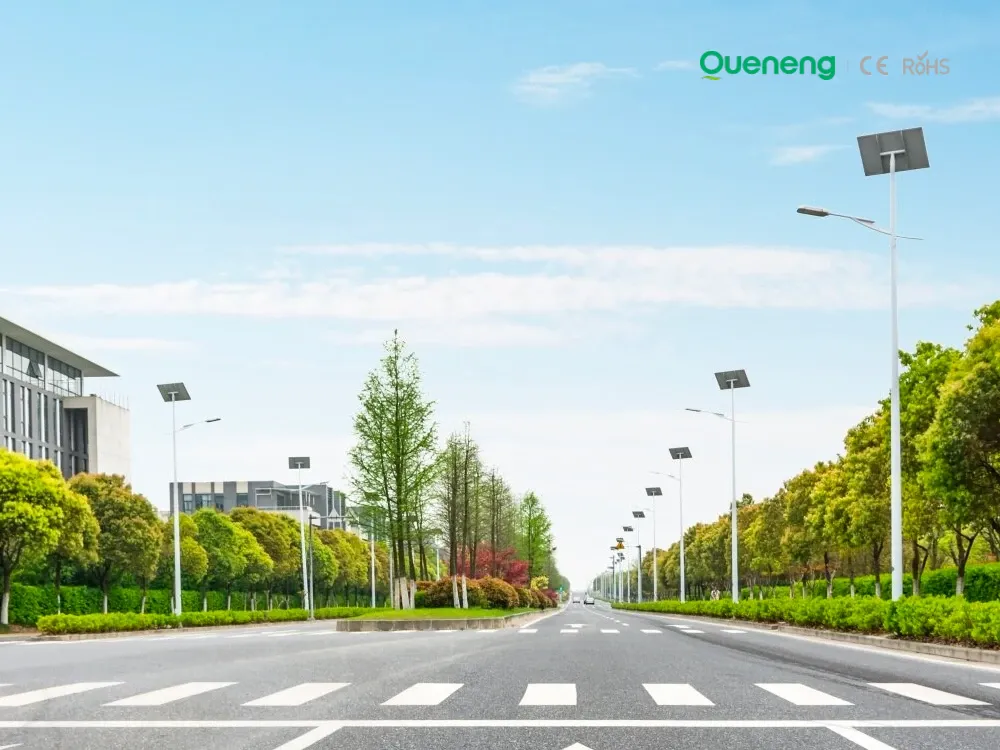
In recent years, the purchase of solar streetlights for municipalities has become a growing trend across the globe. Local governments are under pressure to reduce public expenditure, promote green energy, and create safer communities. Solar streetlights provide a reliable, cost-effective, and sustainable solution that meets these needs. Queneng Lighting, as a leading solar street lighting manufacturer, has supported multiple municipal projects worldwide with customized and energy-efficient solutions.
FAQ
Municipal and Public Infrastructure
How long does installation typically take?
Solar streetlights are quick and easy to install since they don't require wiring. On average, a single light can be installed within 1-2 hours.
Can the lights be customized for specific municipal projects?
Yes, we offer tailored solutions to meet the unique requirements of different projects, including variations in design, brightness, height, and operation modes.
OEM&ODM
Can I customize the product appearance and packaging?
Yes! We offer full customization on housing color, logo printing, battery configuration, controller type, and box design.
Battery fundamentals and basic terms
What is battery internal resistance?
Battery Types and Applications
What types of battery products are there? Which application fields are they suitable for?
Electric bicycles, cordless phones, electric toys, power tools, emergency lights, household appliances, instruments and equipment, mining lamps, walkie-talkies
The application fields of lithium-ion batteries include but are not limited to:
Electric bicycles, remote-controlled toy cars, mobile phones, laptops, various mobile devices, compact disc players, small video cameras, digital cameras, walkie-talkies
APMS system
What should I do if I encounter a system malfunction?
QUENENG offers 24-hour remote technical support, allowing clients to contact the after-sales team at any time for assistance. The system also includes intelligent self-diagnosis capabilities to detect and alert potential issues automatically.
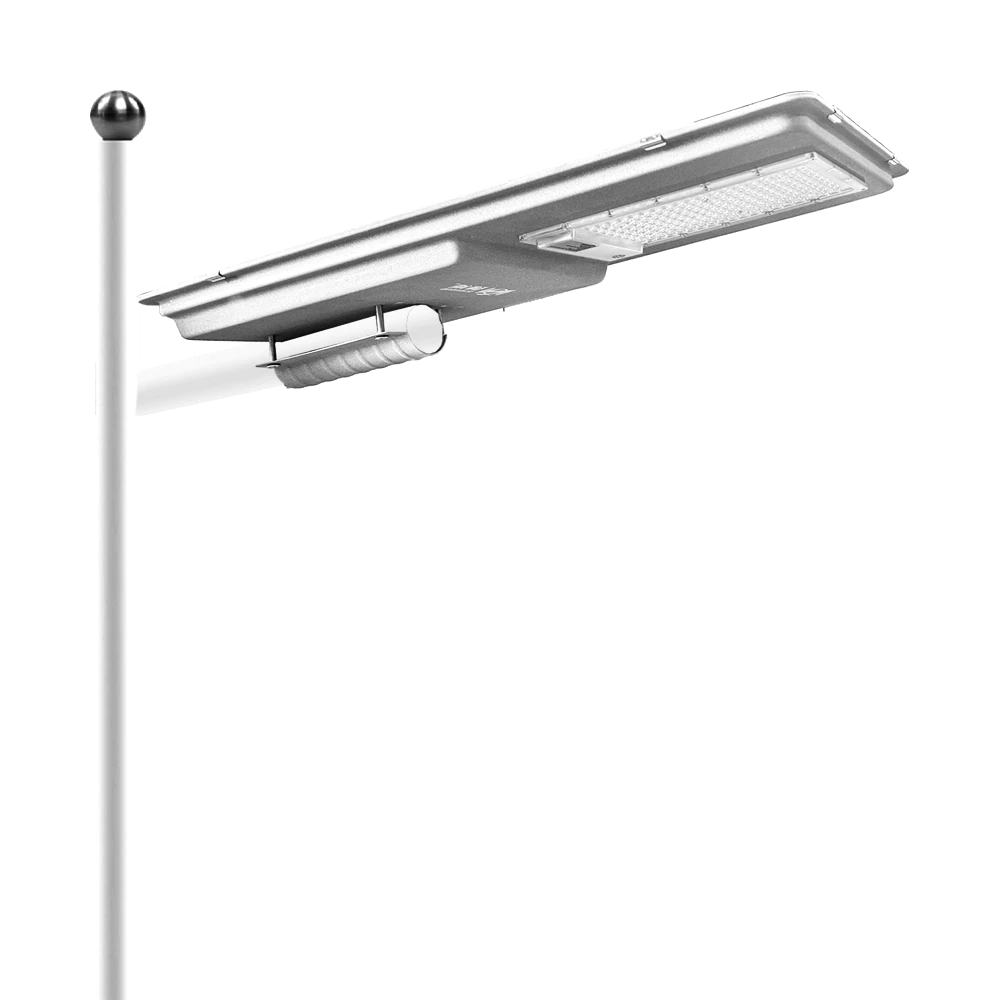
Queneng's Lufa high-efficiency solar LED street lights illuminate urban and commercial spaces brilliantly. These commercial solar LED street lights offer superior energy savings and reliable performance, making them an ideal sustainable lighting solution.
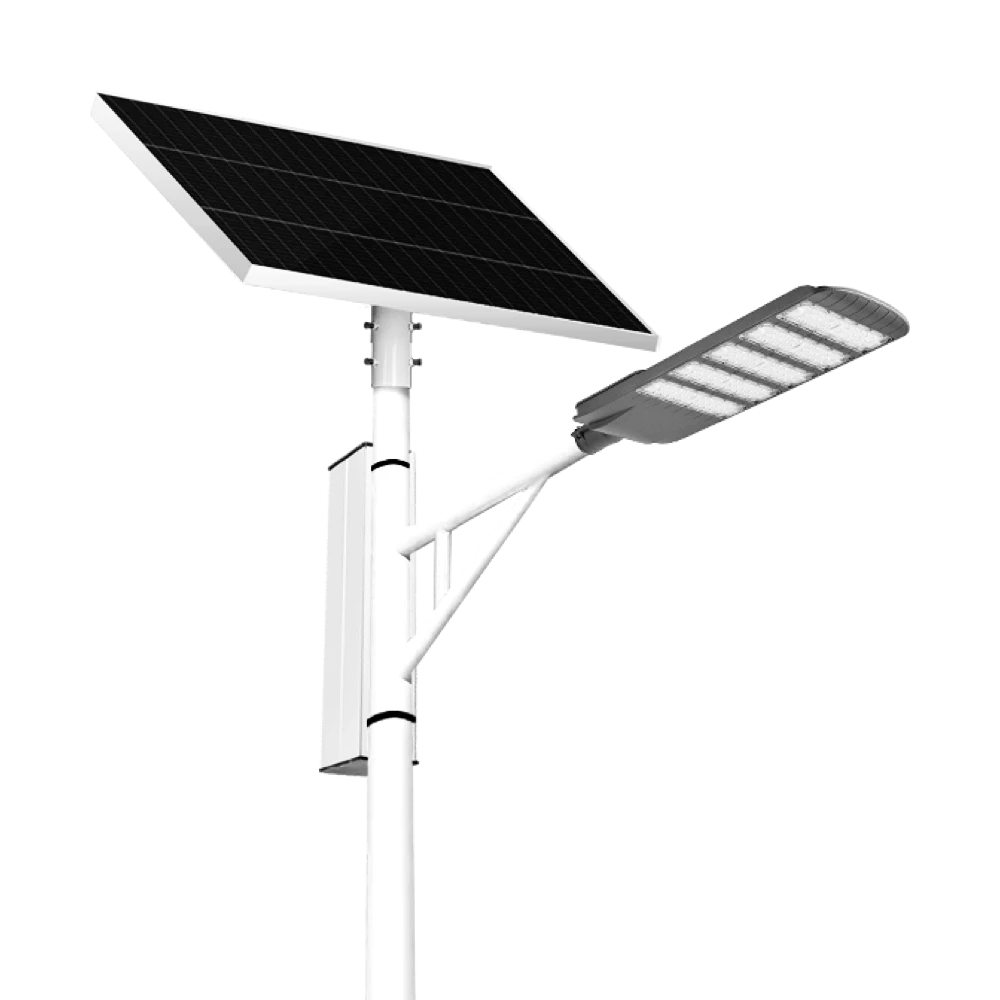
The Solar Streetlights of Luhao for Municipalities are designed to deliver reliable, energy-efficient, and cost-effective public lighting solutions. Equipped with advanced LED technology, durable lithium batteries, and high-efficiency solar panels, these streetlights provide consistent illumination for roads, parks, residential areas, and government projects.
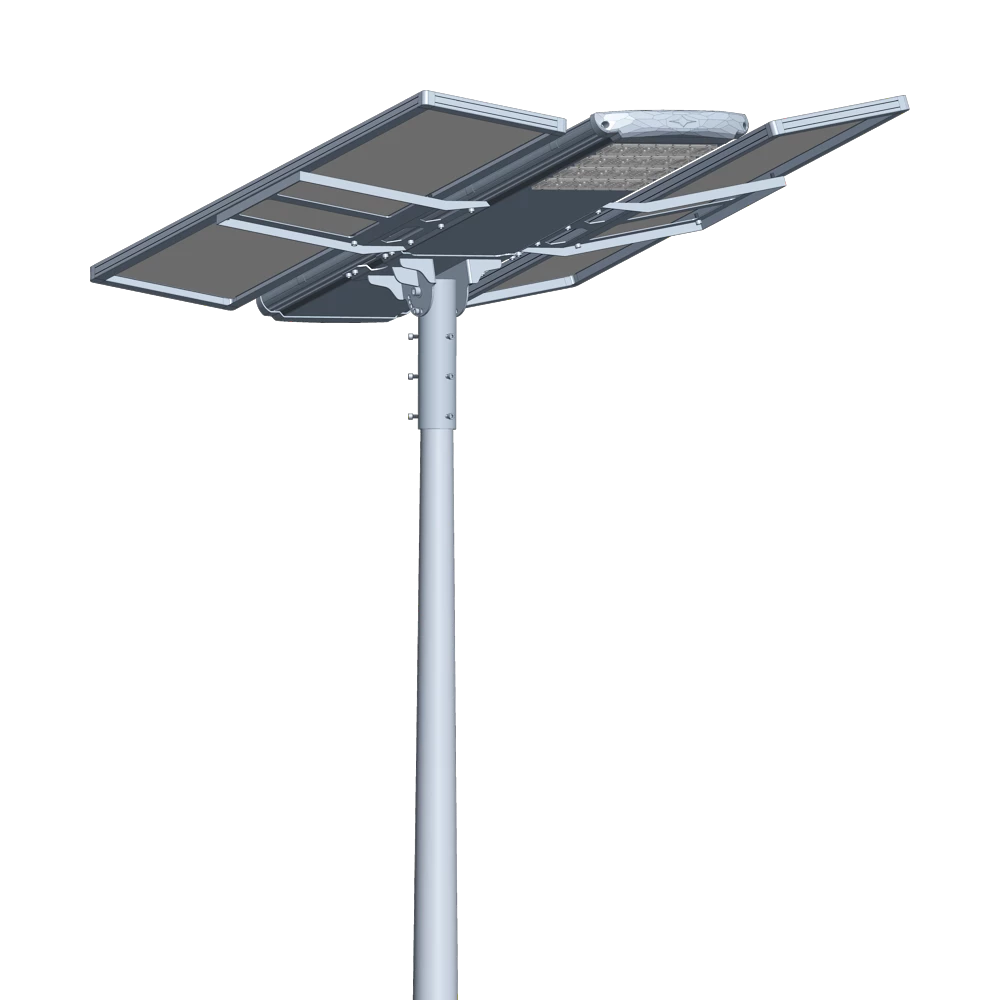
Introducing the Luqing Solar Street Light by Queneng, Efficient LED lighting powered by solar energy is perfect for illuminating outdoor areas. Harness the power of solar energy for sustainable, reliable street lighting. Ideal for eco-friendly, cost-effective outdoor illumination solutions.
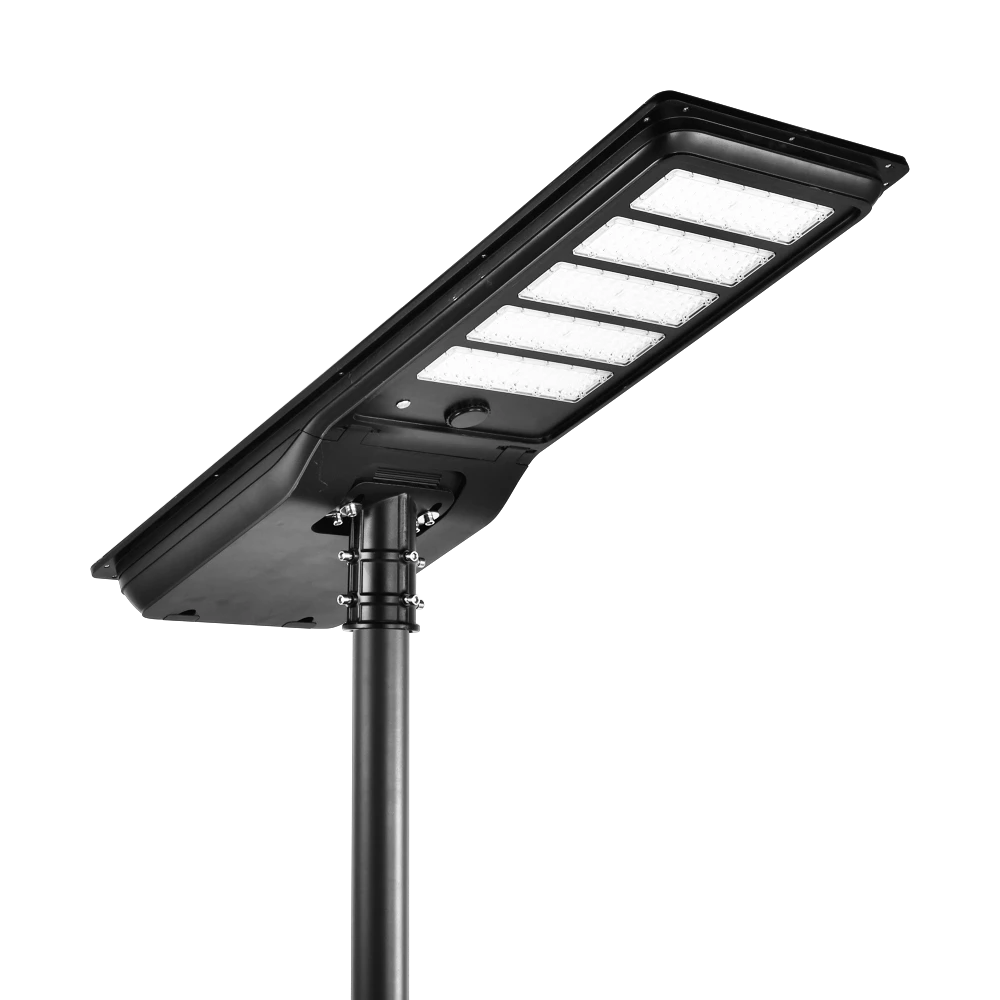
High-efficiency all-in-one solar street light with a monocrystalline solar panel and LiFePO₄ battery. Delivers brighter illumination, wider outdoor coverage, and safer lighting performance for streets and public areas.
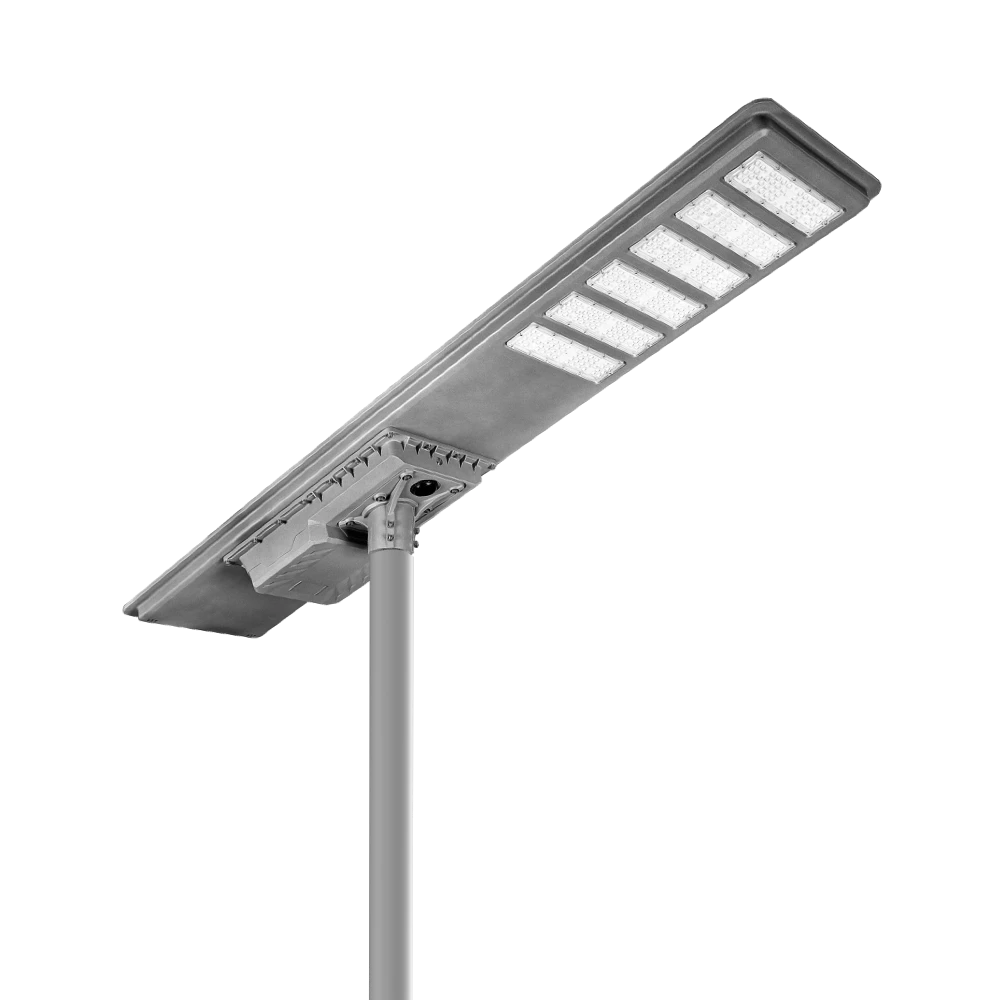
Queneng's Luqiu Innovative Solar Street Light offers energy-saving, durable outdoor lighting. This solar power street light provides a reliable and eco-friendly solution for illuminating your streets and pathways.
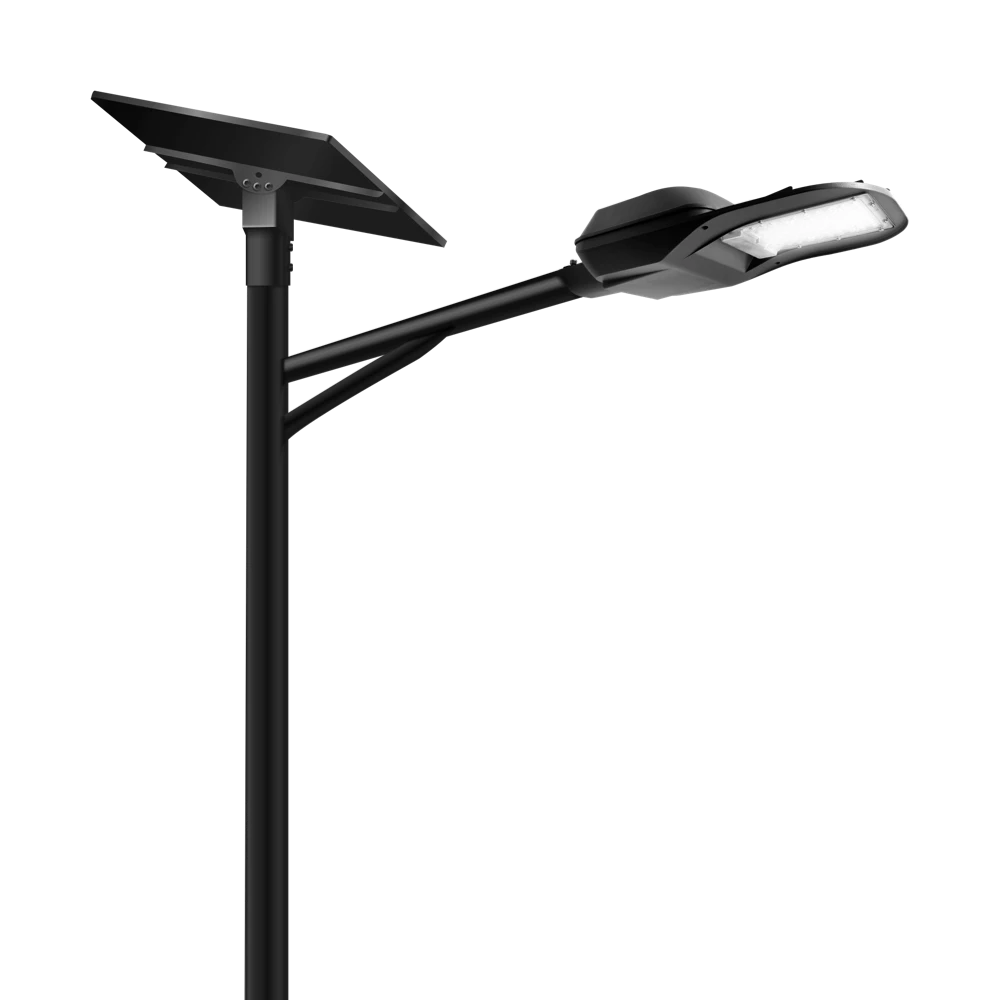
If you would like more information about Queneng solar lighting solutions, please send us a message by filling out the form below. Our professional team will get back to you within 24 hours!
Rest assured that your privacy is important to us, and all information provided will be handled with the utmost confidentiality.
Schedule a Meeting

Book a date and time that is convenient for you and conduct the session in advance.
Have more questions about our products or services?

